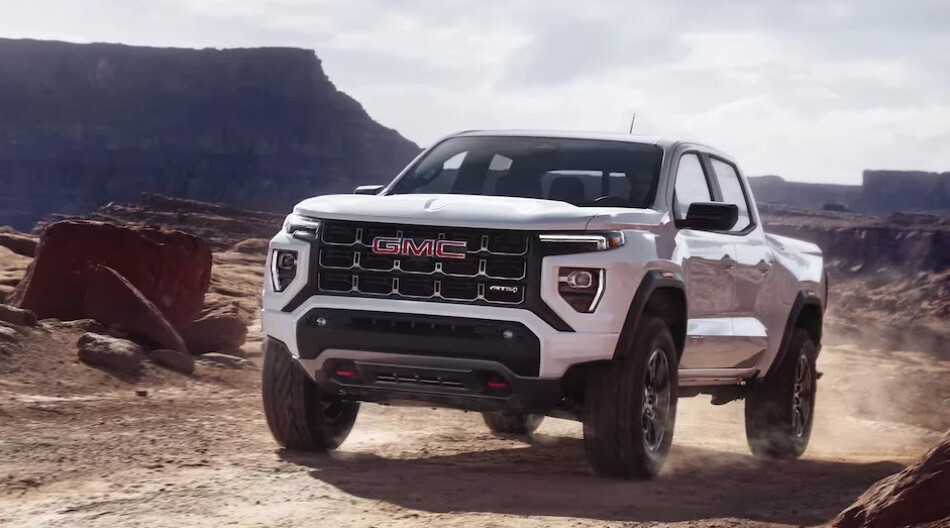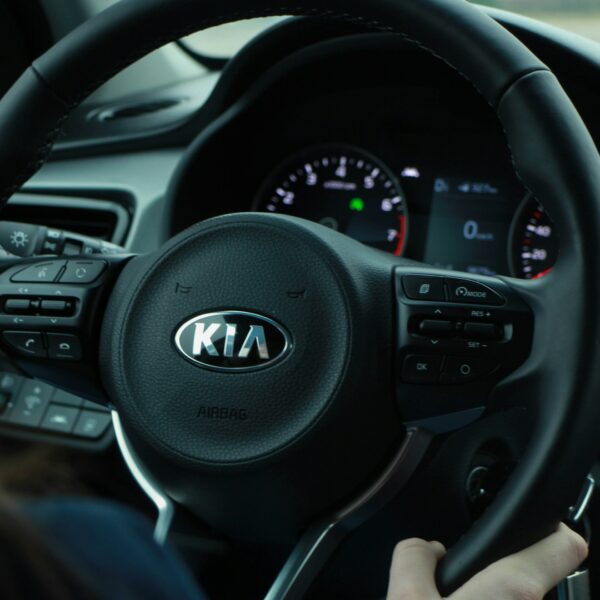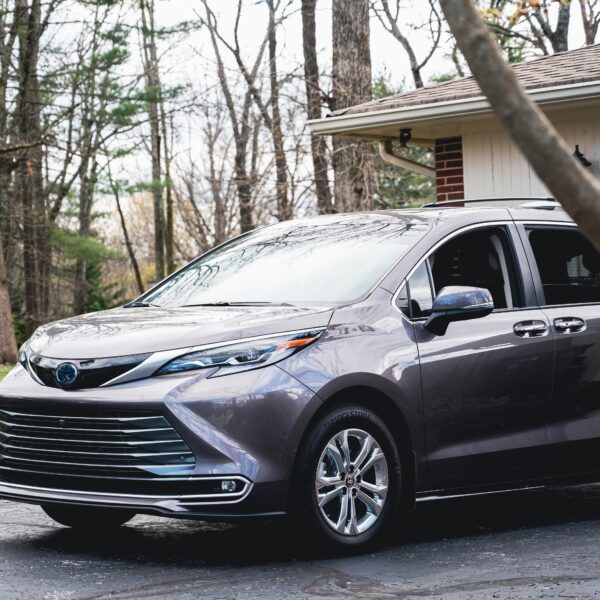Sensor Technology in Modern Vehicles: Driving Innovation and Safety
As the automotive industry advances at breakneck speed, sensor technology is leading the charge in transforming our driving experience. With a variety of sensors now standard in vehicles, we’re seeing major improvements in safety, performance, and efficiency. So, what’s behind these game-changing advancements, and how do they affect how we drive every day?
What are the sensors used in cars?

LiDAR Sensors
LiDAR (Light Detection and Ranging) sensors use laser light to measure distances and create detailed 3D maps of the vehicle’s surroundings. These sensors are essential for autonomous driving, enabling vehicles to navigate complex environments, detect obstacles, and make real-time driving decisions.
For example, LiDAR sensors can help self-driving cars safely maneuver through busy intersections by accurately identifying the position of other vehicles, pedestrians, and cyclists. In addition, they assist in lane-keeping and adaptive cruise control by continuously scanning the road ahead and adjusting the vehicle’s speed and direction accordingly.
Radar Sensors
Radar (Radio Detection and Ranging) sensors emit radio waves to detect objects and measure their speed and distance. These sensors are widely used in various safety and assistance systems in modern vehicles. For instance, in adaptive cruise control, radar sensors help maintain a safe distance from the vehicle ahead by automatically adjusting the car’s speed.
They also play a crucial role in collision avoidance systems by detecting potential obstacles and warning the driver or even applying the brakes if necessary.

Ultrasonic Sensors
Ultrasonic sensors use sound waves to detect objects at close range. These sensors are commonly found in parking assistance systems, helping drivers park safely by alerting them to nearby obstacles.
By emitting sound waves and measuring the time it takes for the waves to bounce back from objects, ultrasonic sensors provide real-time feedback on the distance to obstacles, allowing for precise and safe maneuvering in tight spaces.
Camera Sensors
High-resolution cameras capture visual information and process it using advanced algorithms. These cameras are crucial for various applications, including lane-keeping assistance, traffic sign recognition, and driver monitoring systems.
By providing detailed visual data, cameras enhance both safety and convenience, ensuring vehicles stay within lanes, recognize important road signs, and monitor the driver’s attention and behavior to prevent accidents.

Inertial Measurement Units (IMUs)
IMUs, or Inertial Measurement Units, consist of accelerometers and gyroscopes that measure a vehicle’s acceleration and rotational rates. These sensors are vital in various applications, including stability control systems, navigation, and the smooth operation of advanced driver-assistance systems (ADAS). For example, in stability control systems, IMUs help detect and correct skidding or loss of traction.
In navigation, they provide precise measurements for determining the vehicle’s orientation and movement. Additionally, in ADAS, IMUs contribute to features such as automated emergency braking and adaptive cruise control.
Temperature Sensors
Temperature sensors monitor the temperature of various vehicle components, including the engine, battery, and cabin. These sensors play a crucial role in preventing overheating of the engine and battery, which could lead to damage or failure.
Additionally, temperature sensors help maintain a comfortable cabin environment by regulating the climate control system. For example, they ensure that the air conditioning or heating adjusts appropriately to provide a consistent and pleasant temperature inside the vehicle.
The Impact of Sensor Technology
Sensor technology is transforming the automotive landscape in several significant ways, including:
- Improved safety
- Better driving experience
- Optimized fuel efficiency and emissions reductions
- More autonomous functions
- Predictive maintenance
Overall, sensor technology is revolutionizing the capabilities of modern vehicles and is at the forefront of automotive innovation. As we advance, the upcoming developments in sensor technology will play a crucial role in shaping the future of autonomous driving.















